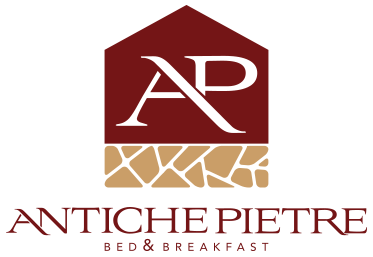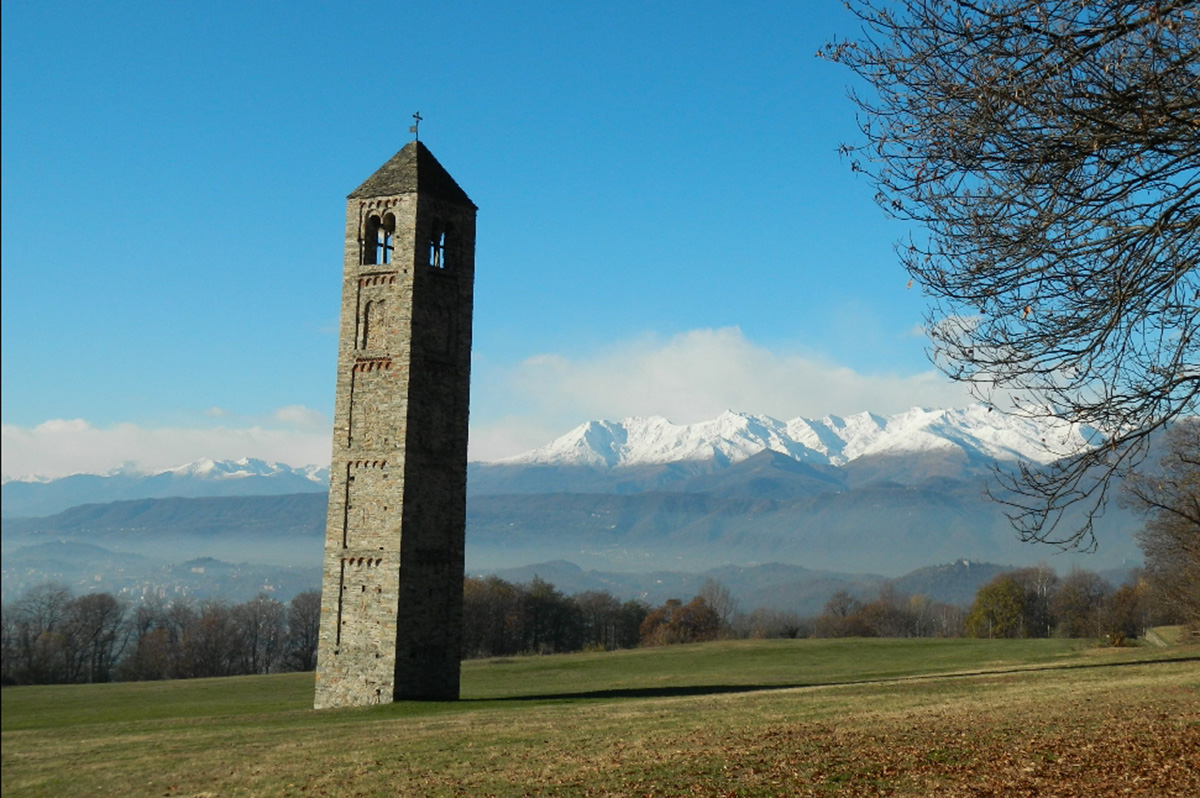Bollengo, along the 1700km of the fascinating Via Francigena from the Canterbury cathedral in Rome, is located in the Canavese area towards the end of the Alpine path of the Via and not far from the beginning of the plains.
The etymology of the name could derive from the piedmontese “boléng” which, like “bolass” or “boia”, indicates stagnant water, pond or swamp. Not far away, in fact, is the evocative lake of Viverone, which has always been an important reservoir and a meeting and exchange point for the area.
Since the Middle Ages Bollengo was involved in the intense events of the Canavese area. Initially it was not distinguished from two other villages, Paerno and Pessano, now disappeared leaving in Bollengo two evocative Romanesque monuments: the bell tower of San Martino along the Serra Morenica, of the eleventh-twelfth century (and renamed by the villagers “Ciucarun”); and the church of Saints Peter and Paul, with frescoes of the fifteenth century.
The convulsive first half of 1200, tormented by fights between Italian municipalities and European powers among which the Emperor Frederick II of Swabia, saw substantial changes for the small Bollengo. The near and powerful Ivrea, also because of the rivalry with Vercelli, decided to turn Bollegno into a fortified village and give its citizens the eporediense citizenship. There are still vestiges of the “Castel forte” of Bollengo, on the top of a hill to the west of the town, called in the ancient itineraries Bolonico, Bolentia and Bolenta.
The link of Bollengo with the events of Ivrea continued in the fourteenth century, with the arrival of the general dominion of the Savoy, which was forming a great duchy between France and Italy. In the modern age, once they became a family at European level, the Piedmontese sovereigns subdued Bollengo to the ancient Piedmontese noble family of the Frigerio, with possessions between the Val d’Aosta and the Canavese. A prestigious member of the family, Bonifacio Enrico Frigerio, Count of Brusson, realized a remarkable political career in the Napoleonic Kingdom of Italy, obtaining the office of senator, before going off to Bollengo in 1838.
Bollengo’s ties with the great Italian politics continued in the nineteenth century thanks to Domenico Marco, lawyer and politician, protagonist of the first, dramatic moments of the Unification of Italy. Member of the Kingdom of Sardinia, after the unit Marco was sent with important positions in various centers of the new Italy, including Caltanissetta, just acquired by the Italian government following the Thousand Enterprise. Here he contributed to the formation of the Scarabelli Library, the city’s first public library.
Bollengo also had a significant religious presence thanks to the ex-boarding school of the Salesians, seat of the Jesuits for centuries and then of the Salesians until 1968, and still today overlooking the town from the top of the Serra Morenica.
Today the rich history of Bollengo can be experienced both in the summer, especially in the first week of August, for the patronal feast of the patron Sant ‘Eusebio. But also in winter, in February, passing through to visit the famous carnival of Ivrea.

